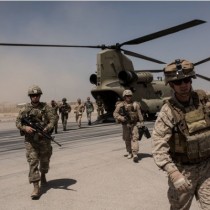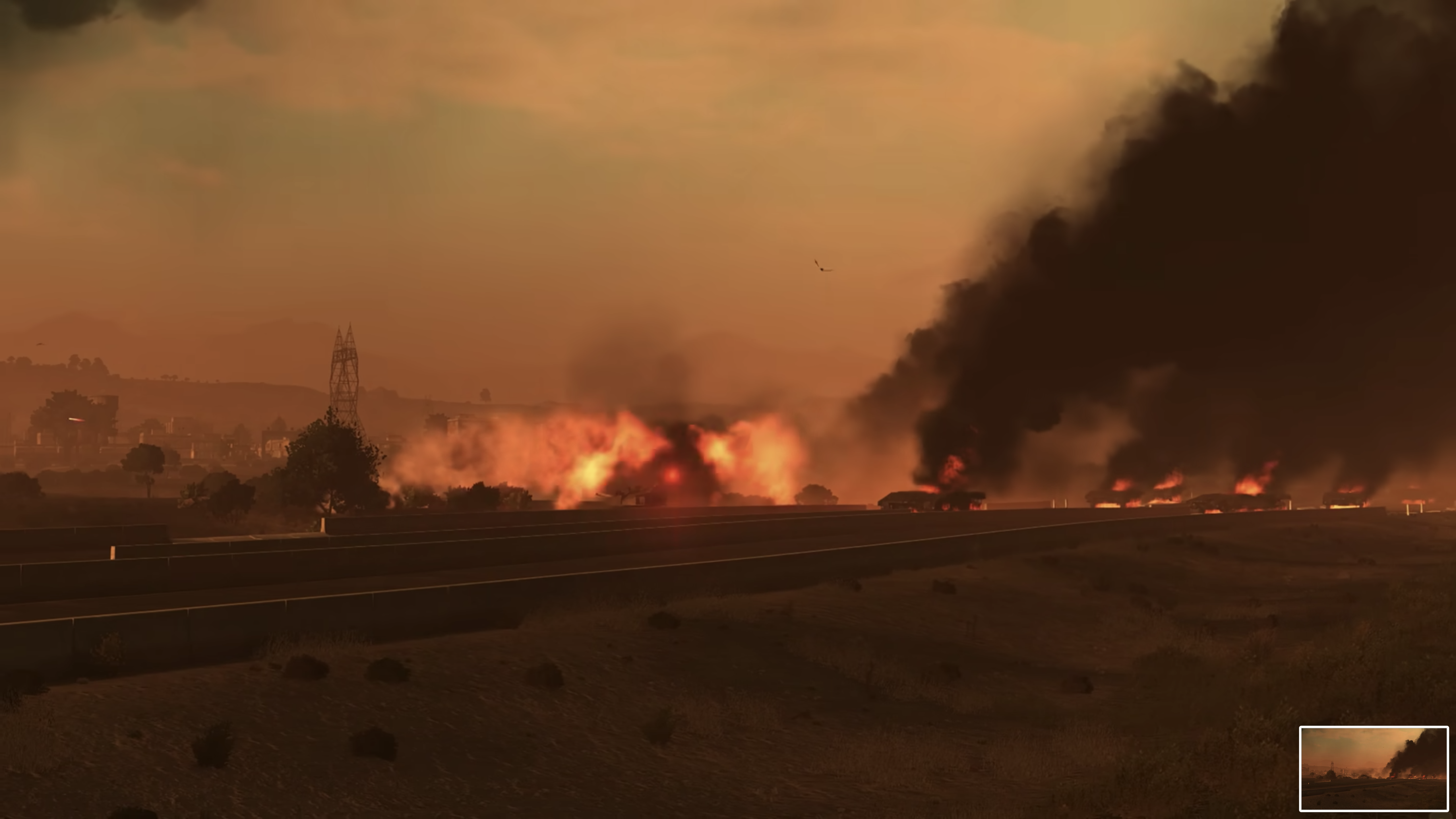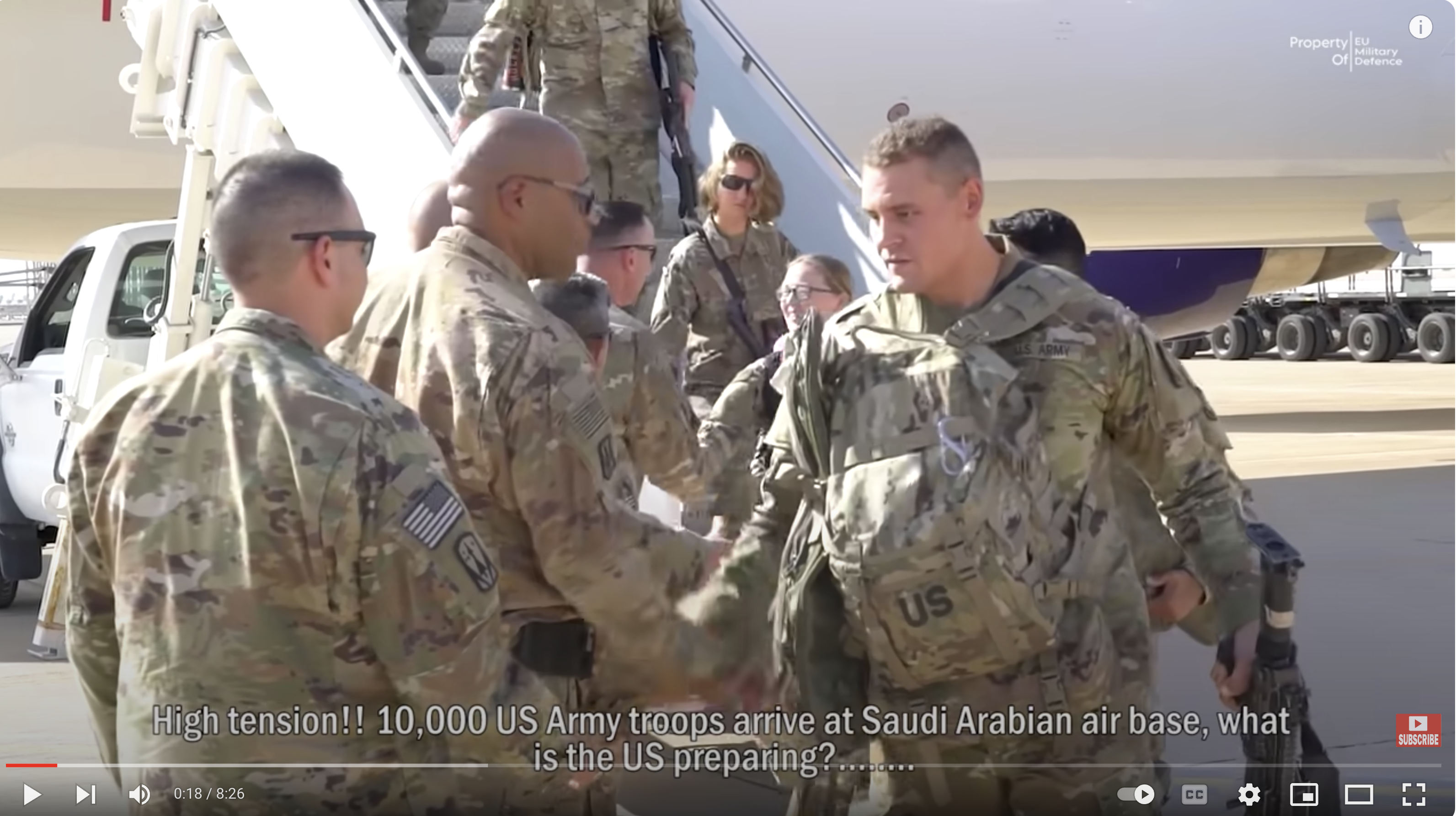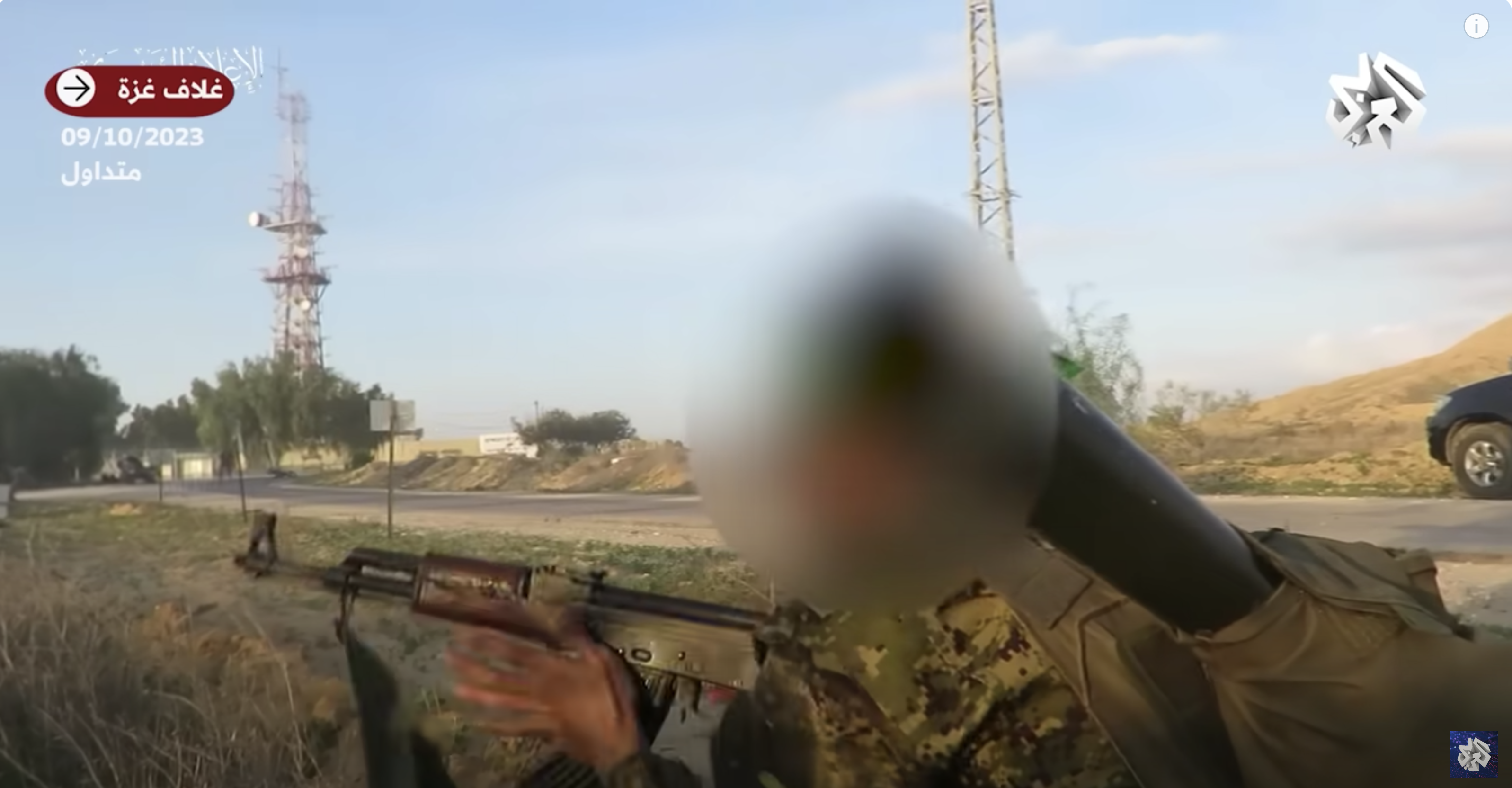
The Twenty-First-Century American Way Of War
Consider the latest news from America’s war zones, still spreading across the Greater Middle East and Africa.
The U.S. military is now reportedly building up its troop strength (mostly Special Operations forces) in Somalia.
Their number has already doubled, reaching 500, while U.S. airstrikes are increasing against al-Shabab, the well-entrenched Islamist terror outfit in that country. We’re talking about the largest concentration of American troops in Somalia since the infamous Black Hawk Down debacle of almost a quarter-century ago.
Recently, American B-52s (the bomber of choice of the Vietnam War) and the latest F-22 jet fighters have been loosed for the first time in what may be a "prolonged” campaign against suspected Taliban opium "factories.” At the same time, even though the Pentagon claims ISIS has been defeated in Syria, unknown numbers of American troops will remain there anyway.
(In these years, militarily speaking, the U.S. always arrives, but never leaves.) In fact, as foreign policy expert Micah Zenko noted recently, in the past few months the numbers of U.S. military personnel across the Middle East (excluding both Afghanistan and Somalia) have gone from 40,000 to 54,000, a jump of 33 percent.
Sixteen years after the 9/11 attacks, it’s obvious enough that this is a pattern, just not one that gets significant attention here. America’s wars go on and on. Tactics vary modestly. Troop strength rises and ebbs, only to rise again.
The air war similarly ebbs and then escalates again. For those in charge of American policy in that ever-vaster region of conflict, the options always seem the same.
Nothing is imaginable but more (or a little less) of what’s been tried for the last decade and a half. No less important, there is remarkably little discussion of this phenomenon in the U.S.
Since the vast surge of opposition to the coming invasion of Iraq faded and died out with the taking of Baghdad, protests against, resistance to, or even serious critiques of America’s twenty-first-century wars have been at best minimalist. By now, this has become something like the modern American way.
That those conflicts add up to an ongoing disaster with a staggering price tag seems to matter not at all.
Logically, this should be the definition of brain dead, and yet the news of the latest bombing campaigns against the growing Taliban opium trade in Afghanistan or al-Shabab’s horror show in Somalia remains largely back-page stuff. Who cares? What could possibly go wrong?
Fortunately, Army Major Danny Sjursen, author of Ghost Riders of Baghdad: Soldiers, Civilians, and the Myth of the Surge, offers an answer of his own in "What If?” as he looks back at September 12, 2001, and considers the true missed opportunities of that moment.





 0
0 



![[Topnews:-] Sarkaalkii Muqdisho ka Afduubtay Saraakiishii Sirdoonka Faransiiska oo Mareykanka u tahriibay.](https://waagacusub.com/uploads//article/photo/IMG_D12C79-B2F5AF-B6B07C-E7F3AC-96251A-E9123F.jpeg)






![[DAAWO] Dahir Alasow muxuu ka yiri Arooska Saadaq Joon iyo gabadha Madaxweynaha Jibouti](https://waagacusub.com/uploads//article/photo/IMG_A85D69-E46491-EB949F-F75713-195F22-880C48.png)
![[DAAWO] Gabadh aan Aabbe iyo Hooyo laheyn kadibna seddex Caruura lagu furay maxaa ku dhacay ?](https://waagacusub.com/uploads//article/photo/IMG_418075-E7A0C5-2FE6EA-C581B5-C9940B-8CE1BE.png)
![[DAAWO] Qabiilka ugu fulaysan uguna faanka badan Somalida oo shacabka Soomaaliyeed cabirayaan?](https://waagacusub.com/uploads//article/photo/IMG_444F4F-0F2704-1B7D7E-D109A0-B778B0-E4602B.png)
![[Daawo] sidee loo dilay Amiirka Shabaab iyo Wiilka xasan Dahir - Wararka qubanaha Dahir Alasow](https://waagacusub.com/uploads//article/photo/IMG_732422-B87120-7AB730-3E00E9-27DE0A-43CC94.png)
The Twenty-First-Century American Way Of War
WAAGACUSUB:-